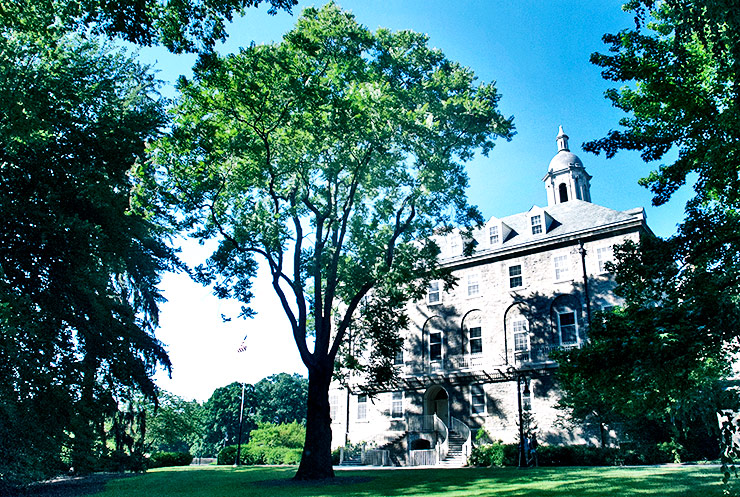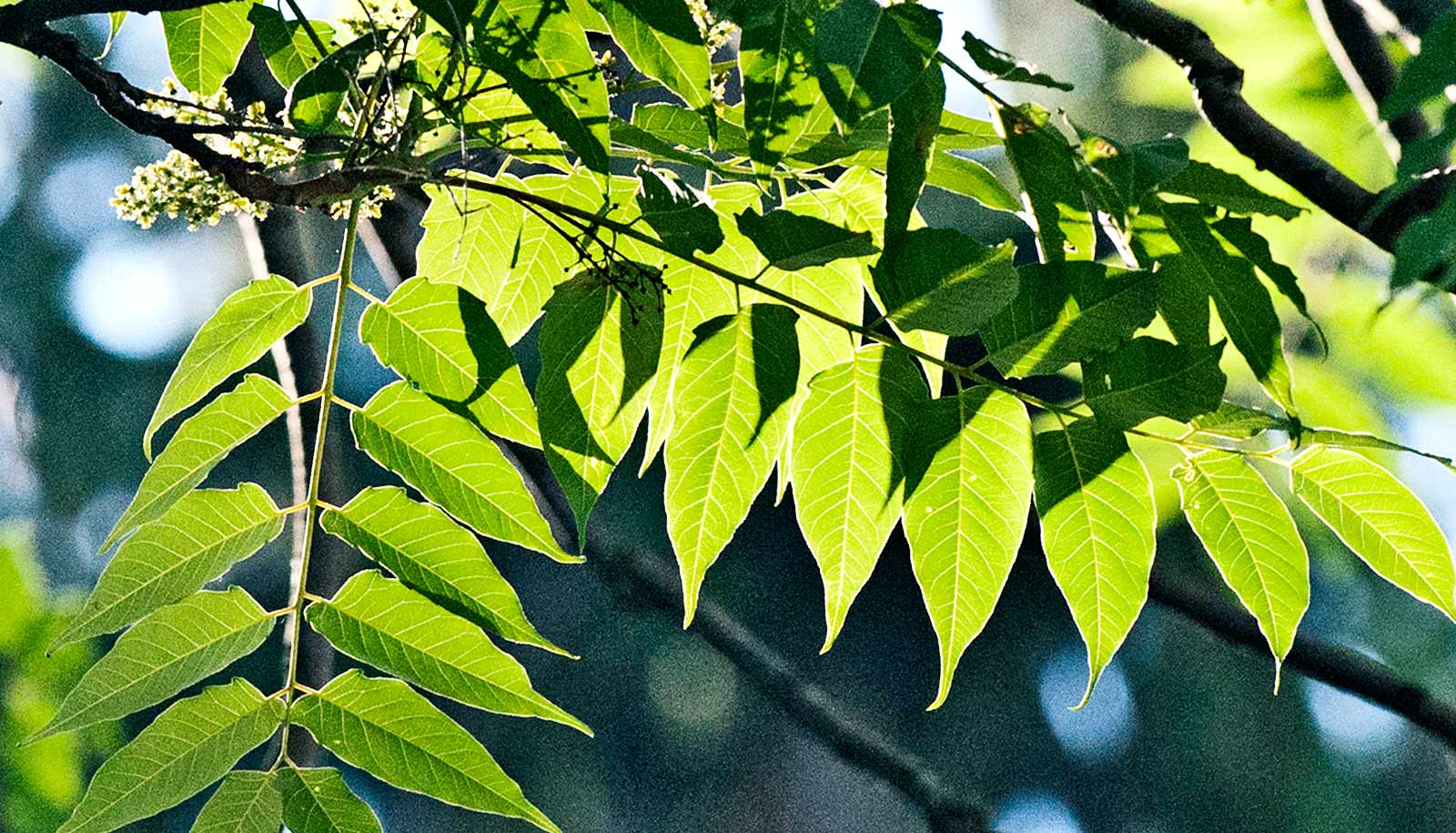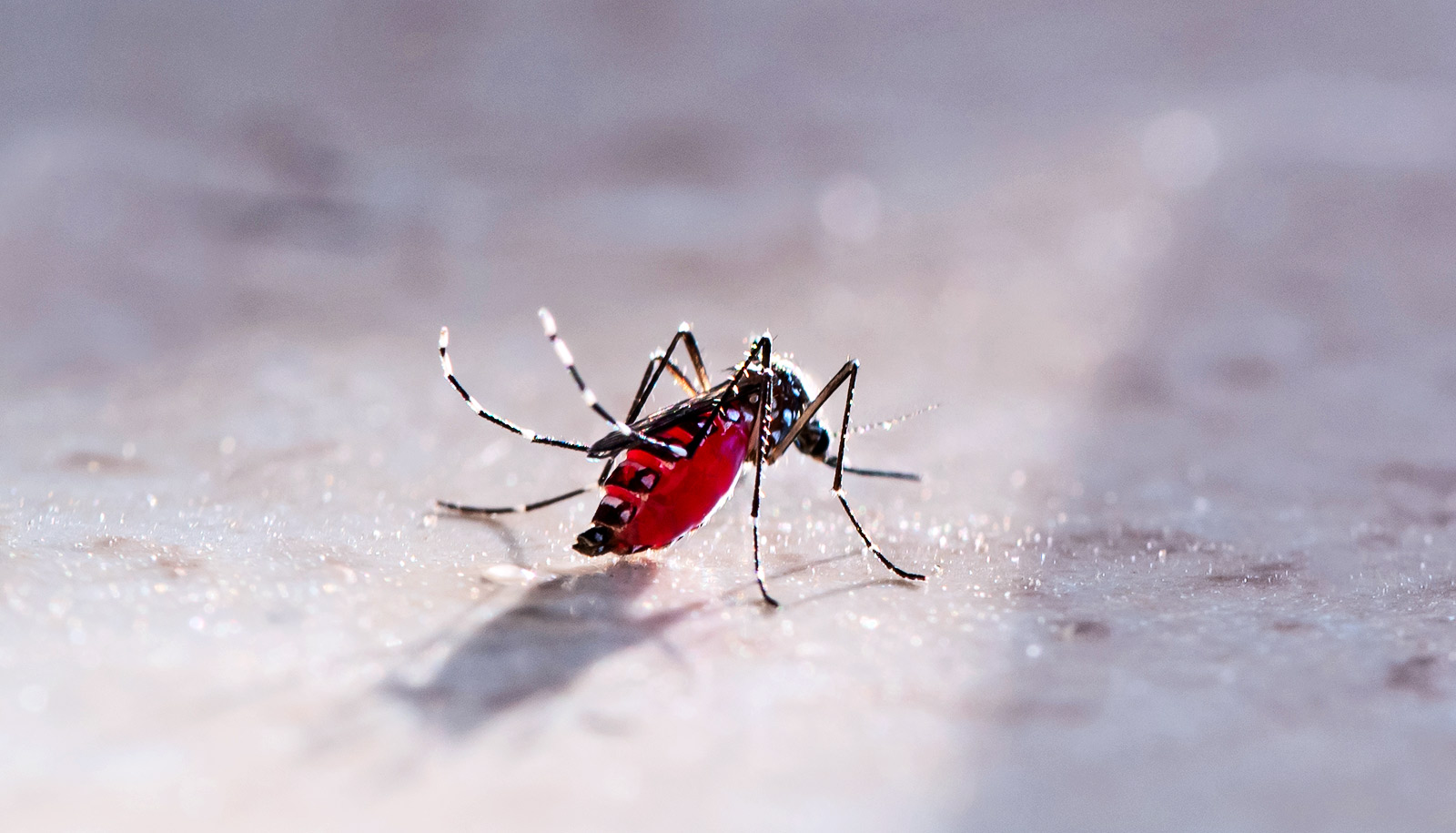Researchers have found that the tree of heaven—the nickname for Ailanthus trees—is an invasive triple threat, producing seeds early in its lifespan, making millions of viable seeds during its long life, and continuing to produce seeds for decades, or even more than a century.
In a new study, the researchers found that an Ailanthus tree that lives around 40 years can produce approximately 10 million seeds during its lifetime, while Ailanthus trees that live over 100 years can produce about 52 million seeds.

Little was known about the actual lifespan and seed viability—the percentage of seeds that germinate—of Ailanthus, a species that is now considered a growing invasive threat in numerous spots in the United States, according to Matt Kasson, assistant professor of forest pathology at West Virginia University, who began his study of Ailanthus at Penn State. He adds that the species’ prolific ability to reproduce is thought to be key to its invasive success.
“What really got us interested in the seed production of these trees is trying to determine what is the cumulative impact of Ailanthus—what’s the cumulative seed production and output that could eventually lead to secondary invasions,” says Kasson.
Few species—native or invasive—in the US compare to Ailanthus’ seed viability…
“Knowing how many seeds can be produced is really only half the story. It’s important, but we needed to know something about viability of the tree because if a tree was producing a million seeds, but only 3 percent are viable, then it doesn’t pose as much of a threat,” he explains.
To study the effect of size and age on seed reproduction, the researchers examined 55 seed-bearing Ailanthus trees in southcentral Pennsylvania. In addition, the researchers used data from 25 seed-bearing Ailanthus trees from France, and two other historic trees in Pennsylvania, but because the ages of these trees were not known, the researchers only examined the relationship between size and seed production for these particular trees.
Kristen Wickert, a doctoral candidate in the division of plant and soil sciences who worked with Kasson, says that the viability of the Ailanthus varies. For example, a 7-year-old tree, one of the youngest trees in the study, had 78 percent of its seeds germinate, while one of the oldest, a 104-year-old tree, had 66 percent of its seeds germinate.
Few species—native or invasive—in the US compare to Ailanthus’ seed viability, according to Wickert. Only 9 percent of a tulip poplar’s annual seed production is viable, for example. She added that Ailanthus is different from other tree species because of its ability to maintain seed viability over its lifetime.
“Sometimes you find that trees, as they age, much like humans, lose their reproductive ability,” says Wickert. “With tree-of-heaven, it actually seems to be the exception.”
The cumulative ability to produce so many seeds makes Ailanthus a threat to not just Pennsylvania forests, but many forest areas located throughout the United States, says Don Davis, forest pathologist at Penn State, who adds that he is even receiving calls for assistance on Ailanthus from Europe.
“The invasive spread of Ailanthus is more significant now,” says Davis, who also worked on the study. “It’s right at the top of the list of invasive species in Pennsylvania, including trees like the Norway maple, and shrubs like honeysuckles. All these invasive species are important now because they are really affecting the forests and forest regeneration, especially.”
‘Tree-of-Heaven’ wreaks havoc in forests
Kasson says that Ailanthus also has other traits that enhance its invasive ability.
“It’s also allelopathic, which means it produces chemicals that inhibit the germination of other native species that are growing in the same forest,” says Kasson. “So, in addition to its ability to grow rapidly and produce seed early, it has the ability to stunt the growth of those competitors.”
Ailanthus came to the United States as a collector’s item for plant enthusiasts and amateur botanists.
“It came to the United States, in the Philadelphia area, in around 1784,” says Davis. “It was strictly brought in as an ornamental—it’s a beautiful tree that became popular in the Philadelphia area. Initially, collectors just brought in cuttings from male plants, but then they brought in seeds—and eventually, it took off.”
Currently, the researchers are continuing to investigate the use of a native soil-borne fungus to kill Ailanthus and better control its spread, according to Kasson.
Invasive tree-of-heaven is no match for killer fungus
The study appears in the journal Forests. The United States Department of Agriculture Forest Service supported this work.
Source: Penn State



